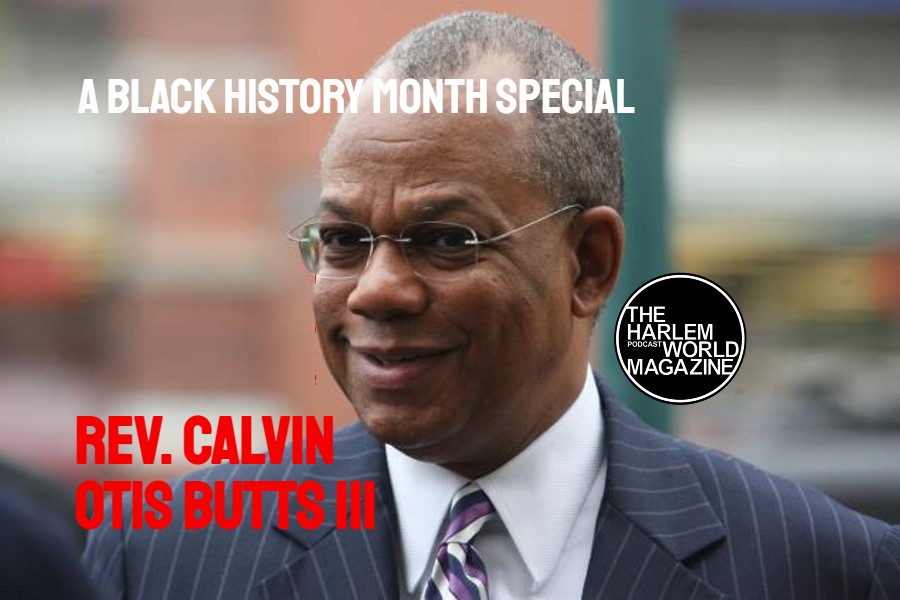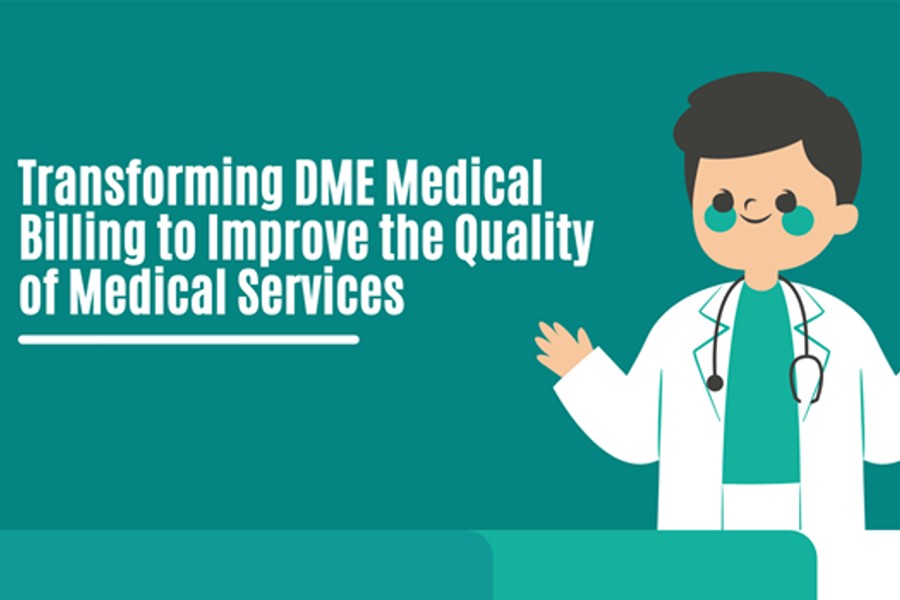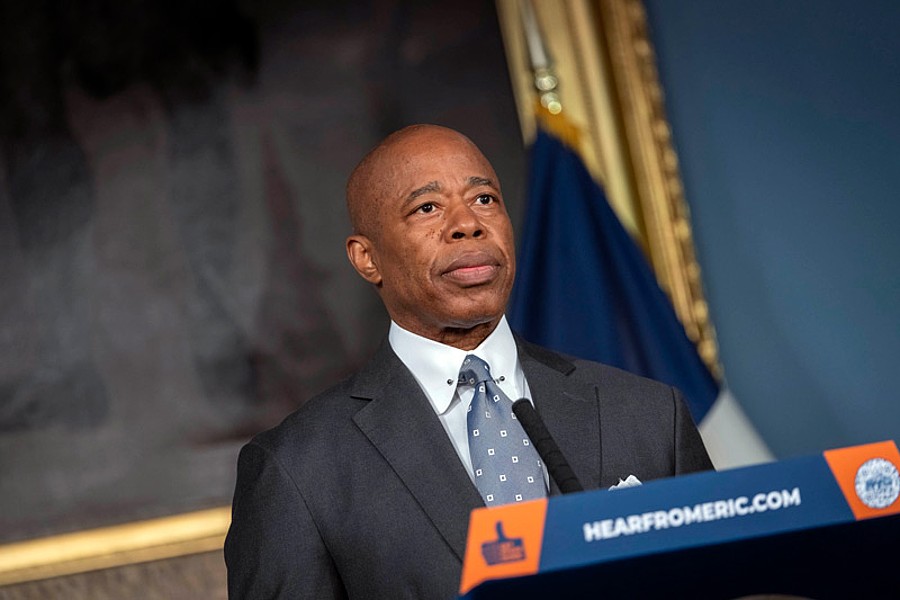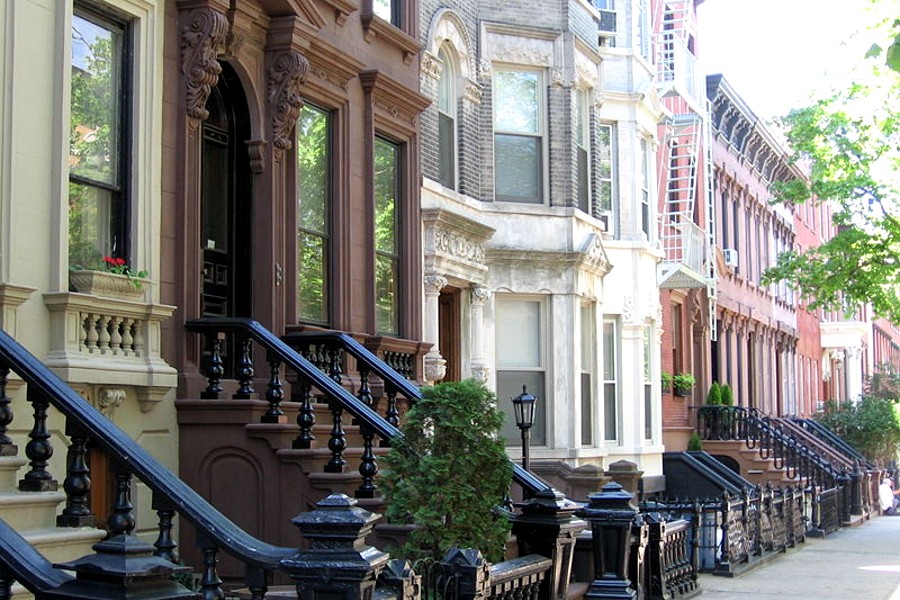The Mount Morris Bank of New York City was located at the northwest corner of 125th Street and Park Avenue was taken between 1889 and 1899.
The Mount Morris Bank, which was chartered in 1880 to serve the growing community of Harlem, originally was situated at 125th Street between Park and Lexington Avenues. Still a suburb at that time, Harlem had had its own railroad stop at 125th Street and Park Avenue since 1837.
The bank prospered and in 1883 built a building (above) that combined bank offices (on the lower three floors) and apartments (the top four floors) across from the station at 125th and Park.
Designed by Lamb & Rich, it was one of Manhattan’s most picturesque buildings, a great Queen Anne-Romanesque architectural stew of red brick, rock-faced brownstone, stepped gables, window bays and chimneys projecting above a peaked roof. The building had three arched entrances on 125th Street: one for the apartments, one with steps leading down to the vault area and one at the corner – a grand, projecting brownstone porch that served as the main entrance to the bank.
There were some exquisite details on the upper floors: brick with rivet-heads moulded in, terra-cotta panels with radiant forms, a date stone with the year 1883 in script set against a basket-weave pattern. In 1889, the building was extended in the rear following the same style.
The interior, still intact in the 1950’s, was embellished with mahogany, Numidian marble and bronze. Like other banks of the period, the Mount Morris had special windows for ladies to save them ”the inconvenience of waiting in line,” according to King’s Handbook of New York City published in 1893. The handbook described Mount Morris as successful, with nearly $3 million in deposits. In 1890, The Real Estate Record and Guide called the building ”hardly surpassed by the great bank buildings erected in Wall Street during recent years.”
By 1900, Harlem was no longer a separate village, with a need for separate institutions. In 1913, the Corn Exchange Bank – with 22 branches – took over the single-office Mount Morris Bank. About that time the porch -which extended beyond the building line -was cut back.
By the late 1920’s Harlem was emerging as a black community. New housing in New York was historically restricted to whites; blacks were restricted to older neighborhoods with deteriorating housing. But because of overbuilding in residential housing a couple of decades earlier, owners of many new buildings in Harlem were opening their doors to blacks.
By the 1950’s, however, 125th Street – and Harlem in general – was in trouble. Residential buildings that were new in the 1910’s and 1920’s were deteriorating. Chemical Bank had taken over the Corn Exchange Bank in 1954, and closed out its operations in the old Mount Morris Bank building.
The city acquired the property in 1972, and by 1975 a delicatessen and the Samuel Temple Church of God in Christ were the only occupants of the building. Complete vacancy followed several years later.
The Landmarks Preservation Commission considered the building for designation in 1984, but never acted.
The workmen began using cinderblocks to seal up the lower two floors; at the request of the Community Board, the Department of General Services was simply sealing up the building. Because no one at the city has a particular plan for the building and there is no outside time limit beyond which the city must sell property it has acquired, the fate of the bank is uncertain.
As of this writing the building is being demolished.
(Photo taken in the 1890’s), by the Cornell University Library.
Related articles

Become a Harlem Insider!
By submitting this form, you are consenting to receive marketing emails from: Harlem World Magazine, 2521 1/2 west 42nd street, Los Angeles, CA, 90008, https://www.harlemworldmagazine.com. You can revoke your consent to receive emails at any time by using the SafeUnsubscribe® link, found at the bottom of every email. Emails are serviced by Constant Contact





















